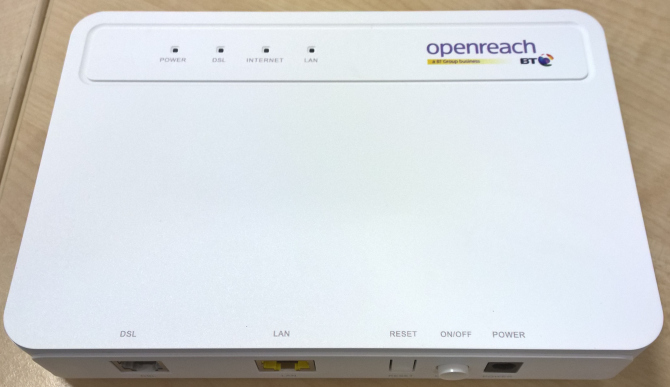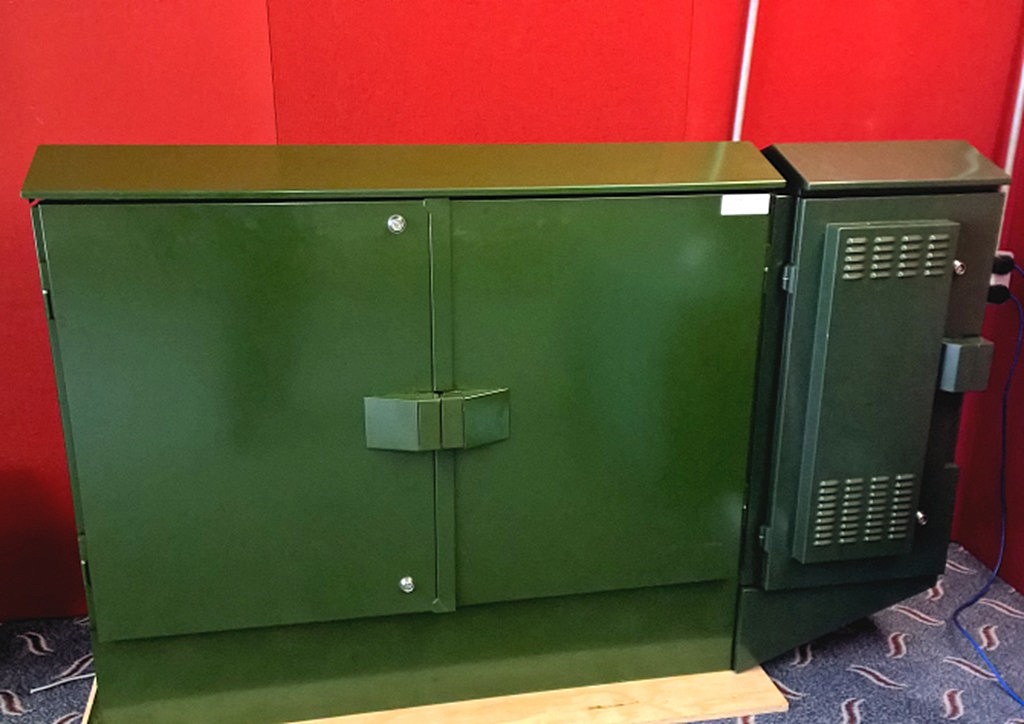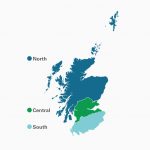BT Openreach Start Pilot of 330Mbps G.fast Broadband for 138000 UK Premises
Openreach (BT) will on Monday officially start the deployment phase for their new pilot of ‘up to’ 330Mbps capable G.fast (ITU G.9700/9701) broadband technology, which by the end of March 2017 should have been rolled out to 138,000 homes and businesses in 17 places across the United Kingdom.
This huge pilot is the final step before Openreach start a full-scale commercial deployment towards the latter half of 2017, which will aim to reach 10 million premises by 2020 and then “most of the UK” by 2025 (our educated guess is that “most” will probably equate to around 60% UK coverage, inc. FTTP etc.). Mind you this could still be impacted by the outcome of Ofcom’s Strategic Review and Openreach’s “legal separation” from BT (here).
A Spokesperson for Openreach told ISPreview.co.uk:
“We’re very excited to be launching the extended pilot, having pioneered G.fast technology in our labs and conducted the world’s largest technical trials.
The pilot will allow us to test the performance of G.fast, as well as our related processes and systems, at a much larger scale and in a real network environment.
We expect the pilot to continue into summer 2017.”
Customers’ in the pilot locations can expect to be given the option of either a 160Mbps (30Mbps upload) or 330Mbps (50Mbps upload) package, which should initially cost a little bit more than an existing 80Mbps (i.e. up to 76Mbps) FTTC based “fibre broadband” service (pricing details). But this is based off the special offer / pilot pricing and G.fast will become more expensive in time for the commercial roll-out.
Advertisement
G.fast Pilot Locations
* Bolton, Greater Manchester
* Cherry Hinton, Cambridgeshire*
* Cheltenham, Gloucestershire
* Derby, Derbyshire
* Donaldson, South East Scotland
* Gillingham, Kent*
* Langside, Glasgow
* Donaldson, Edinburgh
* Gosforth, Tyne & Wear
* Huntingdon, Cambridgeshire
* Luton, Bedfordshire
* Rusholme, Manchester
* St. Austell, Cornwall
* Swansea, Wales
* Swindon, Wiltshire
* Sheffield
* London: Balham / Upton Park, LondonNOTE: A handful of the areas listed above reflect a continuation / expansion of the earlier G.fast trials (e.g. Swansea, Gillingham, Huntingdon etc.).
Early subscribers can also expect to receive a dedicated G.fast modem (either supplied by Openreach or the ISP), which must then be connected to a router (similar to the early FTTC installs) and at present this is only offered via a Managed Engineer Install (i.e. an engineer will need to enter your property in order to complete the setup and also replace the Master Socket with a new NTE5C + appropriate faceplate).
Openreach tested a number of G.fast modems during their early trials, but unsurprisingly they’ve ended up picking the Huawei MT992 as their final device of choice (pictured below). Huawei’s hardware has a good history and BT already have an extensive relationship with the Chinese giant.

Eventually we’d expect Openreach to adopt a self-install method that doesn’t require an engineer to enter your home, but for now the engineer approach should help to ensure that users get the strongest quality of connection.
Self-installs are also better when you can buy routers with an integrated G.fast modem, but these have yet to emerge (give it a year). However a spokesperson for Openreach did inform us that they’re “also supporting a single integrated solution via CP modems/hubs that complete our conformance testing“, so they’re prepared for it. Elsewhere AVM has also told us that their G.fast supporting FRITZ!Box 7582 should surface around mid-2017 and Billion confirms that they’re working on one too (most likely Broadcom based in order to match BT’s approach).
Advertisement
Otherwise you can get a good idea of how the technology works by viewing this Broadband Technology page and our summary of Openreach’s G.fast technical details. In simple terms G.fast adopts an approach that is similar to VDSL2 based Fibre-to-the-Cabinet (FTTC), except nearly all of the initial deployment will be run from extension pods that are fixed to the side of existing PCP street cabinets (details). The more expensive FTTdp method (i.e. lots of smaller fibre-fed nodes positioned closer to homes) has, at least for now, been largely cast to one side; but it may still pop up in some areas.

(Green PCP on Left / G.Fast Pod on Far Right)
G.fast also uses more spectrum than existing VDSL2 based “fibre broadband” services (106MHz vs just 17.66MHz for VDSL2) and it combines a lot of modern technologies in order to reduce the harm from interference, such as Vectoring, G.INP (Retransmission), Seamless Rate Adaptation (SRA), Fast Rate Adaptation (FRA) and various other improvements.
The main downside of G.fast is that the speed falls away much more sharply than existing technologies over distance (i.e. longer copper lines), which means that you’ll need to live within 200-300 metres of your local G.fast pod in order to get the best speeds and this will initially result in a lot of premises that won’t be able to receive the top speeds.
However Openreach are continuing to work on future improvements and it’s been stated that we could see the top achievable rate rise from 330Mbps to 500Mbps by 2025. In the meantime we’ll be keeping an eye out for Virgin Media to respond by launching a new 300Mbps and / or 350Mbps tier for their home broadband consumers (NOTE: Smaller Businesses and Home Workers can already get 300Mbps on Virgin Media).
Advertisement
Separately Openreach has also committed to deploy Gigabit-capable Fibre-to-the-Premise (FTTP) technology to 2 million UK premises by 2020. When combined with G.fast this means that BT’s roll-out of “ultrafast broadband” technology should have reached 500,000 premises by April 2017 and it will climb rapidly over the coming years.
The really big challenge will be whether or not the new service can attract consumers away from their existing FTTC / VDSL2 based packages, which is a particular problem if you can already get a good FTTC speed and aren’t attracted by the higher price of G.fast.
This is the investment challenge that a lot of operators’ often face and it’s especially true for G.fast, given that it will be deployed in areas where good FTTC performance should already exist. At the same time BT is under immense pressure to keep pace with some tough political and consumer expectations, as well as the growing challenge from Virgin Media and fibre optic altnets.
Standing still isn’t really an option for BT and G.fast is the most cost effective way for them to deliver an improvement, even if it won’t meet all of the expectations and might struggle to keep up with Virgin Media in the future. The differences may become even more pronounced if ISPs are forced to only promote “average speeds” (example), but it’s currently too early to know precisely where G.fast might sit on that front.
Mark is a professional technology writer, IT consultant and computer engineer from Dorset (England), he also founded ISPreview in 1999 and enjoys analysing the latest telecoms and broadband developments. Find me on X (Twitter), Mastodon, Facebook, BlueSky, Threads.net and Linkedin.
« SSW / Europasat Secures Extra Satellite Broadband Capacity from SES

















































Comments are closed